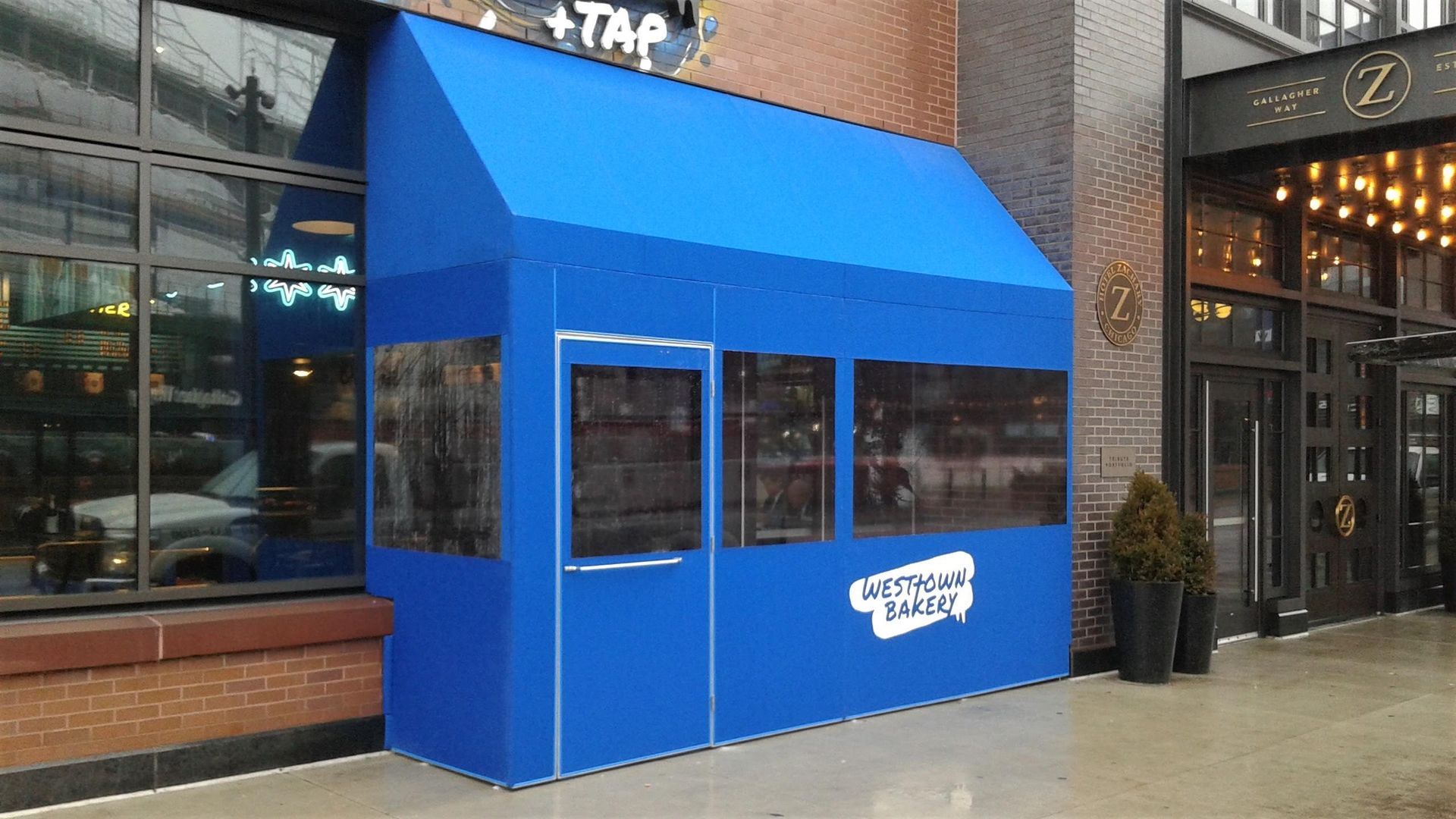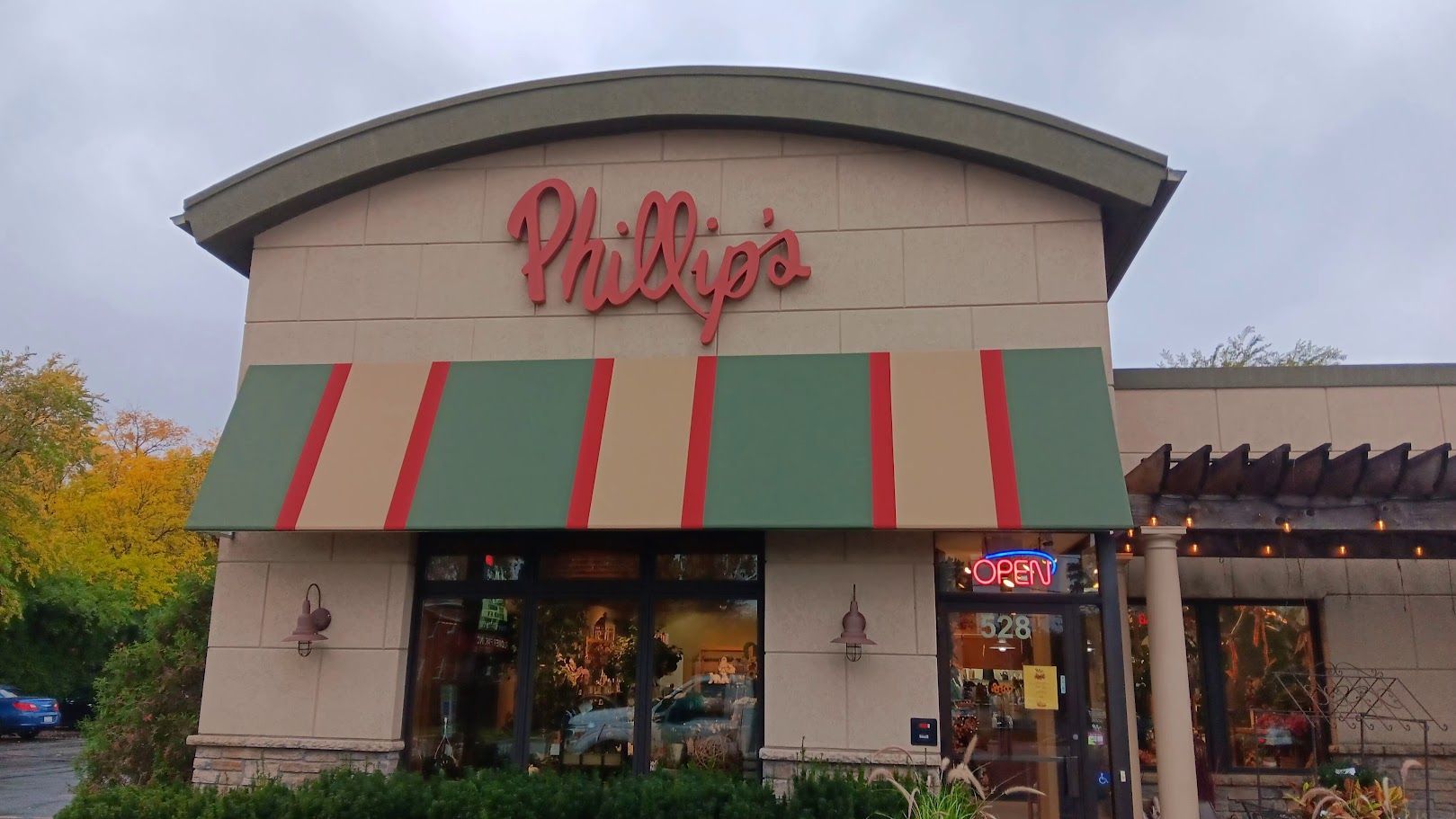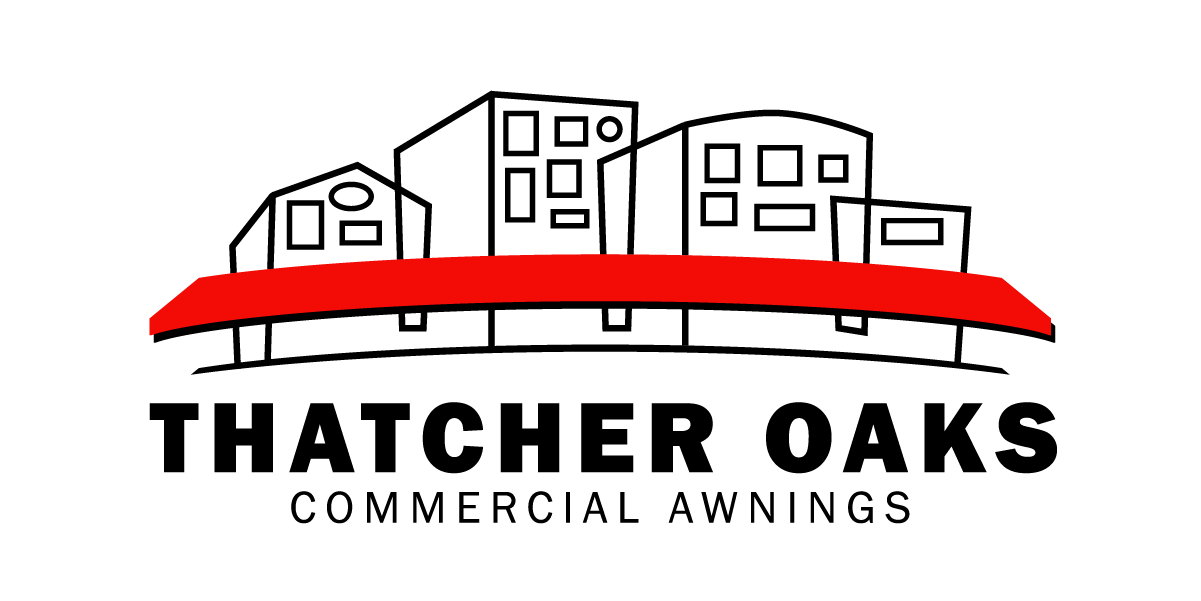Blog

When the wind whips off Lake Michigan and your entry door never seems to close, a winter vestibule can feel like a lifesaver. If you run a restaurant, cafe, boutique, or multi-tenant retail space in Chicago or Northwest Indiana, you know the drill. Guests get blasted with cold air, your host stand or checkout area turns into an icebox, and your heating system works overtime. The right vestibule solves all three problems, and if you plan now, you can have it designed, permitted, fabricated, and installed before the holiday rush. In this guide, you will get clear answers on what vestibules are, how they are built, what they cost, how long they take, and what Chicago codes and permits typically require. You will also see how smart branding on panels and door skins can turn a necessity into a curb appeal upgrade with real ROI. What is a vestibule and why add one for winter? A vestibule is a small, enclosed entry space that creates an air buffer between the sidewalk and your interior. You step through an exterior door into the vestibule, then through a second door into the business. That air gap reduces wind infiltration and heat loss, which keeps your front-of-house comfortable and cuts energy waste. For restaurants, that means warmer tables near the door and less HVAC short cycling. For retailers, it means happier shoppers who linger longer. With a professional layout, vestibules are ADA friendly, with clear floor space, smooth thresholds, and proper maneuvering room for mobility devices. Common materials include lightweight aluminum frames and clear vinyl or polycarbonate panels, often paired with swing doors. Hardware is selected for heavy winter use. For permanent systems, insulated panel options and glazing upgrades are available. Temporary vs. permanent vestibules You have two broad choices. Temporary seasonal vestibules: Ideal for November through March. These are modular, code compliant solutions that mount to the facade without invasive construction. Frames are aluminum, panels are clear vinyl or rigid clear sheets, and door options include manual swing doors with closers. They install fast, then store off season. Permanent vestibules: These integrate with your facade for year round use. Options include rigid framing, insulated infill, storefront glazing, and integration with existing canopies or new canopy structures. A permanent vestibule can double as a branded entry feature and improve energy efficiency in both cold and shoulder seasons. Branding can be added to either type. Think printed graphics on clear vinyl panels, door skins with your logo, or a coordinated commercial canopy with illuminated address numbers for better visibility. What do winter vestibules cost? Costs vary by size, complexity, materials, and whether you need permits or landlord approvals. Typical budget bands we see in Chicagoland: Temporary seasonal vestibules for standard storefront doors: roughly 4,500 to 12,000 installed, including measure, fabrication, and installation. Graphics and atypical shapes add cost. Larger multi-door or corner vestibules: 10,000 to 20,000 when custom angles, secondary doors, or wind-load upgrades are required. Permanent vestibules with rigid framing and storefront glazing: 25,000 to 60,000 plus, depending on finishes, lighting, and integration with a canopy. These ranges reflect professional fabrication and in-house installation. Every building and sidewalk is different, so a site measure will confirm clearances, slope, and door swing. Are door vestibules worth it? In most cases, yes. A vestibule reduces infiltration at the busiest door in your building. Chicago winters are long, and each door open event can dump warm air and pull in cold air. Many operators report 10 to 25 percent fewer hot and cold complaints near the entrance and measurable reductions in heating run time. For a busy 2,000 to 4,000 square foot restaurant with high door cycles, a simple seasonal vestibule can often pay back in one to two winters through energy savings and improved guest comfort. When you account for higher winter revenue from seated tables near the door, the ROI improves again. Building code and ADA considerations Local code governs materials, flame spread, egress, and accessibility. In the City of Chicago and many suburbs, you should plan for: Clear egress widths and door swing direction that does not block or reduce the required public way width. Doors must not obstruct the sidewalk when open beyond allowed limits. ADA maneuvering clearances at the interior and exterior approach. Flame resistance for textiles or vinyl panels that meet NFPA standards when required. Visibility strips or decals on clear panels and doors to alert pedestrians. Secure anchoring that protects the facade and can resist wind loads common to winter storms. Permanent vestibules must also comply with building envelope and structural requirements. If you are in a landmark district or special corridor, additional review can apply. Do you need a permit for a vestibule or awning? In Chicago, temporary vestibules installed on the public way generally require a Public Way Use permit, plus drawings and insurance documentation. If you add a canopy or signage, separate permits may apply. Many suburbs require a building permit even for temporary seasonal vestibules, and your landlord will likely require a submittal with drawings, material specs, and an insurance certificate. If you are asking, do i need a permit to put up an awning, the short answer in our region is usually yes, and often you will need both landlord and municipal approvals. A good partner will prepare permit-ready drawings, provide stamped calculations when needed, and coordinate inspections. Lead times and when to start Fall fills up quickly. Here is a practical timeline we see for Chicago and Northwest Indiana: Week 1: Site visit, measure, photographs, and concept layout. Confirm ADA path, sidewalk width, and door swing. Week 2: Proposal, preliminary drawings, and landlord review. If branding is planned, start graphics proofing now. Weeks 3 to 6: Permit submittal and review. Some suburbs turn permits in a week. Chicago public way approvals can take several weeks, so start early. Weeks 4 to 8: Fabrication, including frames, panels, door hardware, and graphics. Installation: One to two days for most temporary vestibules. Permanent vestibules vary based on scope and may stretch to several days with coordinated trades. If you want your vestibule live by Thanksgiving, aim to kick off by early October. Materials, durability, and maintenance Aluminum framing offers strength with low weight. Clear vinyl panels are popular for temporary systems because they install fast and store compactly. For higher traffic entries or longer service life, polycarbonate or acrylic glazing holds clarity and resists scuffs. Door hardware with proper closers and weather sweeps keeps the seal tight. Seasonal maintenance is simple. Wipe panels clean, check fasteners, and store vinyl flat and dry in the spring. Branding opportunities that work Use your vestibule to extend your identity. Add graphics on the approach panel, door skins with your logo, or pair the vestibule with a coordinated commercial canopy. This not only looks polished, it helps guests find the entrance on dark winter evenings. If you plan to integrate signage later, design the frame now with mounting in mind to save time and cost. If you operate west of the city and are exploring seasonal solutions, it may be helpful to review our capabilities around temporary vestibule installations in Hinsdale to see examples of how branding and weather protection can work together. How to budget and plan your ROI Start with a simple worksheet. Estimate your average winter gas consumption, note your door cycles per hour during peak times, and identify the number of seats or retail fixtures within 15 feet of your entrance. A conservative energy savings estimate of 5 to 15 percent for a busy storefront is a reasonable planning number for seasonal vestibules. Add the revenue lift from adding back those formerly chilly seats. Compare the combined benefit to your install cost. Most operators find payback inside two heating seasons. Chicago landlord and property manager requirements Expect to provide drawings that show plan and elevation, overall dimensions, door swing, sidewalk clearances, anchoring method, and material specs. Landlords want assurance that public way access remains clear, that snow removal remains practical, and that the facade is protected. Many leases require a restoration plan, which a reputable fabricator will include. Ready to move from idea to installation? Thatcher Oaks designs, fabricates, and installs entryway vestibule systems across Chicagoland and Northwest Indiana. Our in-house team measures, engineers, permits, and installs, so you get one accountable partner from start to finish. If you are in the western suburbs and want to discuss a custom vestibule in elmhurst, our Elmhurst team can walk you through options and timelines. Summary A winter vestibule is a practical, guest friendly way to cut heat loss and calm the wind at your front door. Temporary systems install quickly and store in spring. Permanent vestibules become part of your architecture and branding. Budget ranges run from about five figures for seasonal units to higher for permanent, and the ROI typically lands within one to two winters thanks to energy savings and reclaimed seating near the entrance. Chicago and nearby suburbs do require permits and landlord approvals, so start early. When you pair a clean, ADA friendly layout with thoughtful graphics, your vestibule works hard for comfort and for curb appeal. If you are ready to plan before the first cold front, we are here to help with design, permitting, fabrication, and installation.

Chicago fall is beautiful, and it can be brutal. Gusty lakefront winds, sudden cold snaps, and constant freeze, thaw cycles can turn a small awning issue into a winter emergency. If you manage properties or oversee multiple sites, this is the right moment to decide whether your commercial awnings need repair, a fabric recover, or full replacement before temperatures drop . This guide walks you through what to look for, how to triage problems, realistic timelines, and budget ranges. You will finish with a clear plan to protect safety, curb appeal, and energy savings, without surprises when the first snow hits. Common Fall Failure Modes You Should Check Walk each site and document these red flags: Fabric UV fatigue: Fading, cracking, pinholes, and chalking on vinyl or solution dyed acrylic. Sun-weakened fabric can tear during a windy snow event. Seam failure: Split threads, lifting hems, zippering at corners, or failing welded seams. Water intrusion leads to staining and icing along entrances. Bent or racked frames: Kicked by a truck mirror, overloaded by snow, or stressed by wind. Look for uneven lines, creaking, or a canopy that now sits out of square. Loose anchors or brackets: Hardware movement, rust streaks, or spalled masonry around fasteners. This is a safety issue first, a cosmetic issue second. Ponding and sagging: Water pockets after rain, deflection across long spans, or stretched fabric panels. Signage concerns: Cracked face panels, dim lighting, or graphics that no longer match your brand standards. Quick fixes help, but structural issues need decisive action before winter loads arrive. Can an awning be repaired? Yes, many can. Minor fabric tears, seam failures, loose valances, and isolated bracket issues are often repairable onsite. We typically recommend repair when: The frame is straight and sound. Fabric still has service life, but a seam or localized abrasion failed. Anchors are secure, and substrates are intact. The awning is newer, or you need a short term fix to get through winter. Choose repair for safety and water control first. Address appearance where it is cost effective. When a Recover Beats a Replacement A fabric recover installs new fabric skins over a solid frame. It is ideal when: The frame is straight, corrosion free, and properly anchored. You want fresh branding or new colors without the cost of new metal. You need a fast turnaround before the busy holiday season. In-house patterning and fabrication compress timelines because we measure, cut, and sew under one roof in Elmhurst. A recover saves money and reduces downtime while giving you like new curb appeal. When Full Replacement Is the Smarter Move Plan on full replacement when you see: Significant frame bending, racking, or metal fatigue. Widespread corrosion or cracked welds. Repeated anchor failures or damaged building substrates. Fabric that is brittle across large areas, not just at edges. Snow clearance or code changes that require a new design. Replacement also makes sense when you are upgrading to modern energy efficient shapes, adding integrated lighting, or moving to standing seam metal for four season durability. Cost Ranges You Can Use for Budgeting Actual pricing depends on size, projection, height, access, fabric selection, graphics, and structural demands. For planning purposes: Repair: Simple seam restitching, patching, reattachment of a bracket, or hardware replacement typically runs a few hundred dollars to low thousands per awning. Larger structural repairs with new brackets or welding can range from 1,500 to 4,000 per unit when access equipment is required. Recover: Re-skinning a typical storefront canopy often ranges from 1,800 to 6,500 per unit, including measurement, in-house fabrication, graphics, and installation. Large multi bay projects or complex shapes may run 7,000 to 15,000. Full replacement: New custom fabricated awnings, including engineered frames, new mounts, premium fabric, and installation, commonly range from 6,000 to 25,000 per unit. Larger canopies, walkway systems, or standing seam metal assemblies can exceed 30,000 depending on spans and snow loads. How much does it cost to repair an awning? Plan on several hundred to a few thousand for small to moderate issues. How much does it cost to replace the fabric on an awning? A typical recover falls between 1,800 and 6,500 for most retail entries. How much does it cost to replace an awning? Full replacement starts around 6,000 and scales with size and structure. What is the average price for an awning? For a standard commercial entry, many projects land in the 7,500 to 12,000 range, while metal and long walkway systems can be higher. Service Life and Replacement Cadence How often do awnings need to be replaced? For well maintained fabric awnings in Chicagoland, expect: Fabric life expectancy: 8 to 12 years for quality solution dyed acrylic or vinyl, shorter on unprotected lakefront exposures or heavy soot corridors. Frame life expectancy: 15 years and up when properly engineered, finished, and maintained; standing seam metal systems often exceed 20 years. What is the life expectancy of an awning? With routine inspections, cleaning, and timely recover cycles, many frames deliver two fabric lives before replacement. A Fall Site Assessment That Prevents Downtime Use this checklist across your portfolio: 1. Photograph each awning from multiple angles. Note clearances to doors, sidewalks, and drive lanes. 2. Inspect fabric for UV chalking, tears, seam lift, and ponding. 3. Check frame alignment and look for cracked welds or corrosion at joints. 4. Test anchors and substrates. Mark any movement, spalled brick, or loose hardware. 5. Verify drainage and snow shedding paths. 6. Confirm graphics and lighting match current brand standards. 7. Prioritize high traffic entrances, ADA routes, and areas over vehicle lanes. A professional assessment catches issues early and sequences repairs or recovers in the right order. Our in-house team patterns, fabricates, and installs, which shortens lead times and locks in your schedule ahead of deep winter. Timelines and Permitting Notes Repairs: Often 2 to 10 business days depending on parts and access. Recovers: Typical 2 to 4 weeks from measure to install, faster for standard colors we stock. Replacements: 4 to 10 weeks, including engineering, fabrication, and coordination. Permits: Many municipalities require a sign or canopy permit for new structures, structural changes, or graphics. Lead time ranges from 1 to 4 weeks. We help with submittals, drawings, and snow load documentation typical for Chicago area jurisdictions. Proactive scheduling now prevents emergency closures after a wind event or heavy, wet snow. Local Options That Fit Chicago Weather If you are considering metal for year round performance, ask about four season profiles and snow rated designs that handle gusty corridor winds. We fabricate and install standing seam metal and engineered canopies that shed snow, resist icing at edges, and deliver long service life. You can also explore vestibule solutions for heat loss control at busy doors. If you want ideas for entrances, browse options like four-season awnings elmhurst to see how year round shade and protection can work at your sites. When to Repair, Recover, or Replace, A Quick Guide Repair now if the frame is solid, anchors are tight, and damage is localized. Recover if the frame is sound but fabrics are faded, brittle, or off brand. Replace when structure or anchoring is compromised, spans are under designed for snow, or you are upgrading to metal for durability. Summary and Next Steps Your fall window is short, but a focused walk through can save you money, improve safety, and protect curb appeal all winter. Repairs keep you operational, recovers refresh your brand quickly, and replacements future proof high exposure entrances. In-house fabrication and installation from our Elmhurst team streamlines your schedule, reduces risk, and keeps costs predictable. Ready for a clear plan? Schedule a fall assessment at our Elmhurst showroom or request an onsite inspection. If signage updates are part of your scope, our team also handles brand signage installations in elmhurst as part of a unified project. To discuss durable metal options for winter loads, see weatherproof metal awnings in elmhurst for inspiration and local support.

